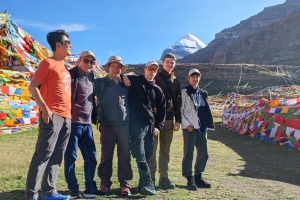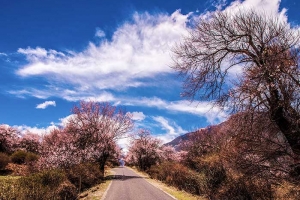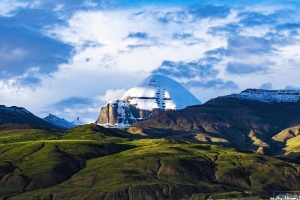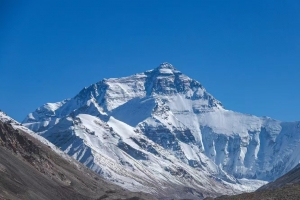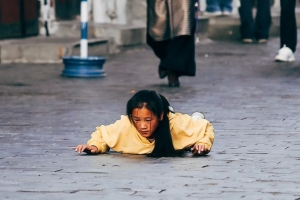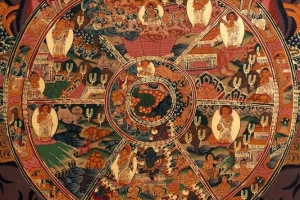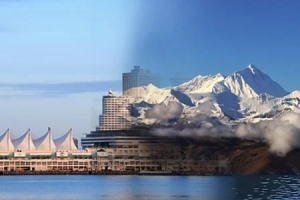Understanding Tibetan Views on Death
Tibetan culture, deeply rooted in Buddhist philosophy, holds a unique and profound perspective on death. Rather than viewing it as an end, Tibetans consider death a transition within the endless cycle of samsara—birth, death, and rebirth. This belief influences their attitudes, rituals, and practices surrounding death, making it a significant spiritual passage rather than a final farewell.
The Concept of Bardo: The Intermediate State
Central to Tibetan Buddhist views on death is the concept of bardo, an intermediate state between death and rebirth. According to the Bardo Thödol (commonly known as The Tibetan Book of the Dead), the consciousness of the deceased undergoes various experiences in this phase, encountering deities, visions, and karmic reflections. The actions and mindset at the time of death play a crucial role in determining one’s next incarnation. Thus, Tibetan Buddhists strive to maintain a peaceful and enlightened state of mind in their final moments.
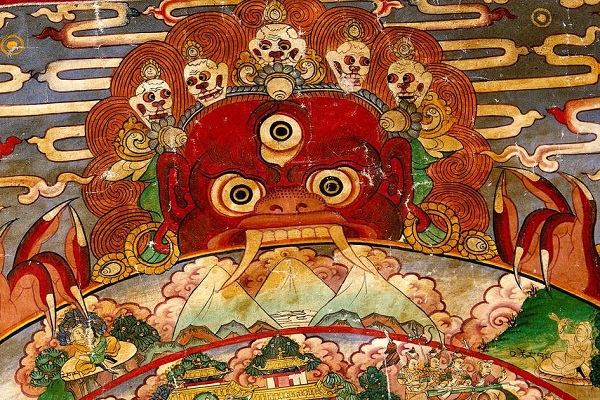
Preparing for Death in Tibetan Buddhism
Tibetan Buddhists place great emphasis on preparing for death throughout their lives. Meditation, mantra recitation, and teachings from Buddhist masters help individuals cultivate awareness and acceptance of impermanence. Those nearing death are often surrounded by monks and family members chanting prayers to ensure a smooth passage through the bardo. Some undertake phowa, a meditative practice aimed at transferring consciousness to a higher state of existence at the moment of death.
Sky Burial: A Sacred Offering
One of Tibet’s most striking and unique death rituals is the sky burial (jhator), a practice deeply tied to Buddhist beliefs in compassion and impermanence. In remote locations, usually atop sacred mountains, the body of the deceased is offered to vultures. This act symbolizes the release of attachment to the physical form and serves as an ultimate act of generosity—providing sustenance to other beings. Sky burials are not merely a practical means of body disposal but are regarded as a spiritual rite, ensuring that the deceased’s consciousness moves forward unburdened.
The process of sky burial is carried out by specialized practitioners known as rogyapa, or body breakers. They ritually dismember the body, offering it in stages to the waiting vultures. This practice reflects the Buddhist principle of detachment from the physical self, emphasizing that the body is simply a vessel, while the mind and spirit continue their journey. Families of the deceased often participate in prayers during the ritual, reinforcing their faith in the cycle of rebirth.

Other Tibetan Funerary Practices
While sky burials are the most well-known, Tibetans also practice alternative funerary rites depending on circumstances, social status, and regional customs.
- Cremation: Reserved for high lamas and spiritually advanced individuals, cremation is often accompanied by elaborate rituals, including the creation of tsa-tsa—small clay stupas made from the deceased’s ashes.
- Water Burial: In some areas, particularly near rivers, bodies may be given to the waters, symbolizing a return to nature’s cycle.
- Earth Burial: Less common due to Tibet’s harsh terrain, this method is sometimes used when other options are impractical.
Monastic Involvement and Ritual Chanting
Tibetan Buddhist monks play a crucial role in guiding the deceased’s journey through death. Chanting, prayer recitation, and reading passages from the Bardo Thödol are meant to help the departed soul navigate the afterlife and secure a favorable rebirth. Families often sponsor ceremonies at monasteries for up to 49 days, aligning with the belief that the soul’s transition through bardo lasts this long. These rituals not only aid the deceased but also bring merit to the family, reinforcing the interconnectedness of karma and spiritual progression.
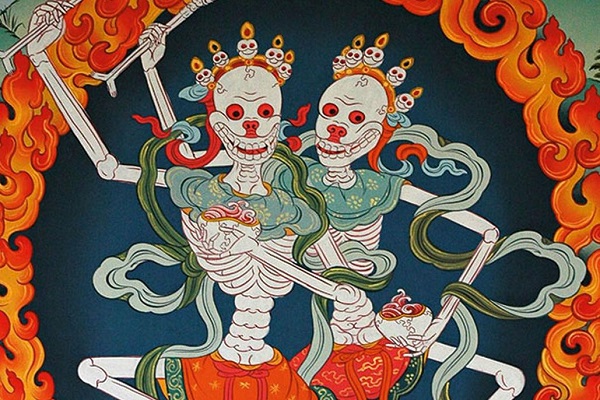
Reincarnation and the Search for Tulkus
In Tibetan Buddhism, certain spiritually enlightened individuals, known as tulkus, are believed to be reincarnations of past masters. The most famous example is the Dalai Lama, whose successive incarnations are identified through sacred divination and rigorous tests. This belief underscores the Tibetan conviction that consciousness persists beyond death, continually seeking to return for the benefit of all beings.

Visiting Tibet to Experience Death Rituals and Culture
For travelers interested in Tibetan death customs, several key destinations offer deep insights into these spiritual traditions:
- Lhasa and Jokhang Temple: The spiritual heart of Tibet, where pilgrims gather to offer prayers for the deceased and seek enlightenment.
- Drigung Til Monastery: One of the most famous sites for sky burials, where visitors (with permission) can observe the ceremony from a respectful distance. Travelers can also engage with monks to learn about the philosophy behind these rituals.
- Tashilhunpo Monastery: Home to the Panchen Lama lineage, this monastery hosts grand ceremonies and funeral rites for revered monks.
- Mount Kailash: Considered the ultimate pilgrimage site, where many Tibetans seek spiritual liberation before and after death.
Ethical Considerations for Travelers
If you wish to observe Tibetan death rituals, it is essential to approach them with the utmost respect. Sky burials, in particular, are sacred ceremonies, not tourist spectacles. Always seek permission, follow local customs, and avoid photography unless explicitly allowed. Engaging with monks, learning about Buddhist philosophy, and visiting monasteries can offer meaningful insight without intruding upon private rites.
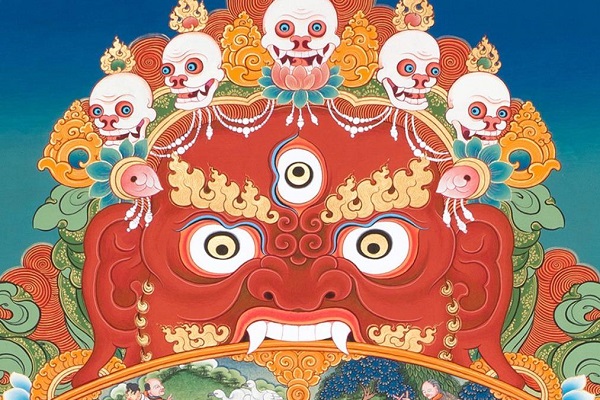
Reflections on Tibetan Death Rituals
Tibetan attitudes toward death provide a fascinating glimpse into a worldview where impermanence, karma, and compassion shape every stage of existence. For those who travel to Tibet seeking spiritual enrichment, encountering these traditions can be a deeply transformative experience. Understanding and respecting Tibetan death rituals allows visitors to appreciate the profound wisdom that Tibetans carry about life, death, and the journey beyond.


